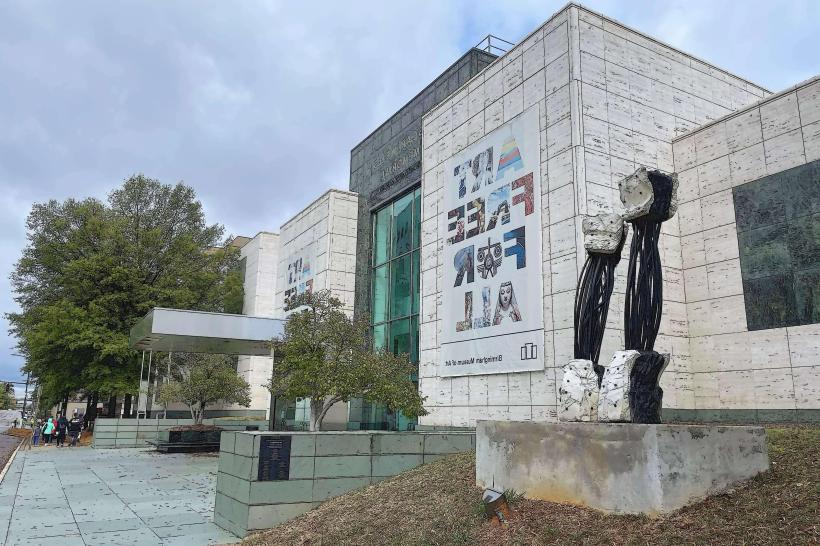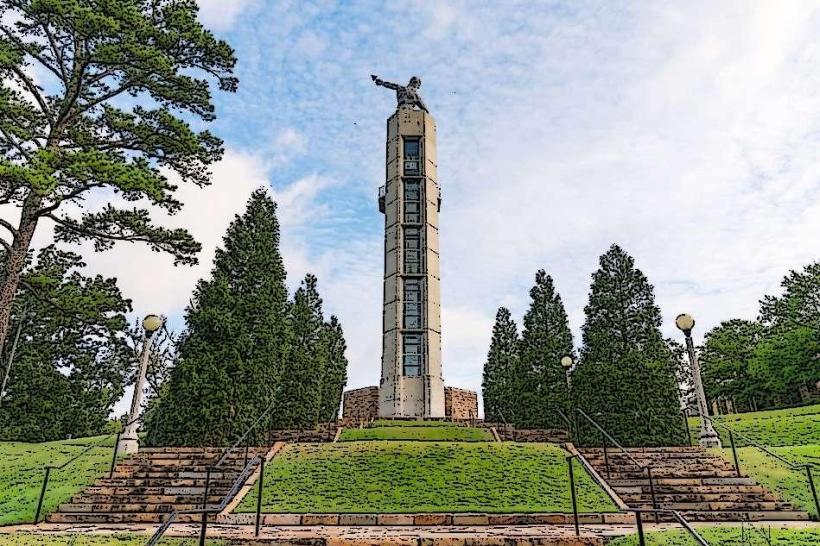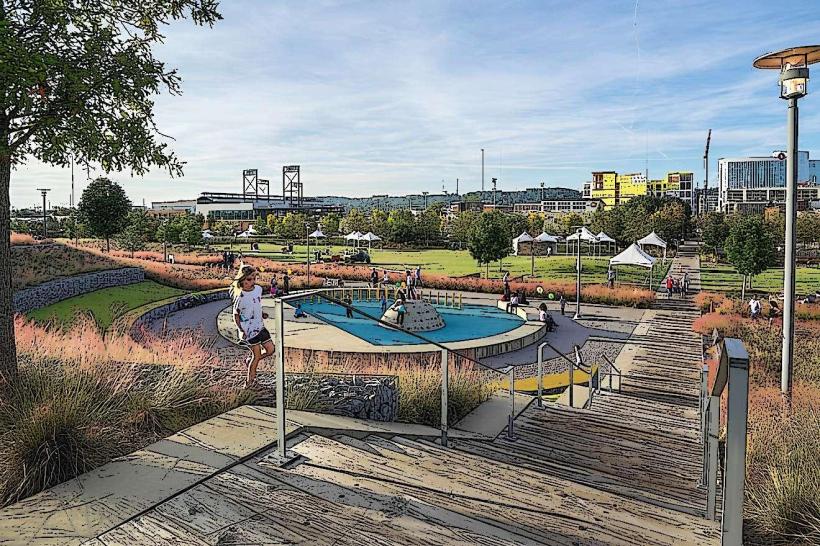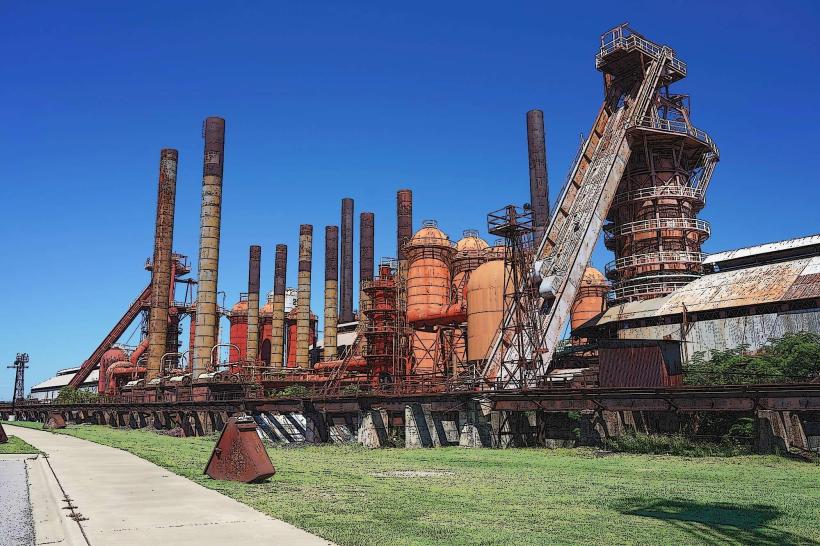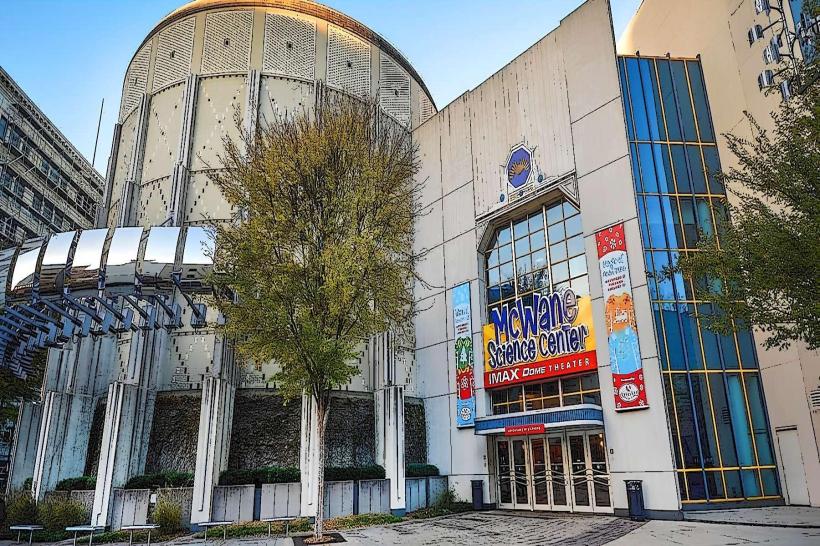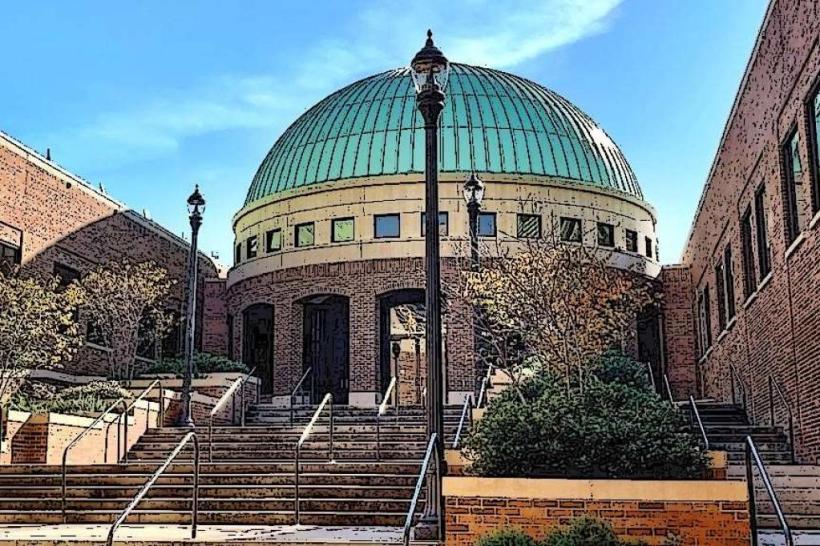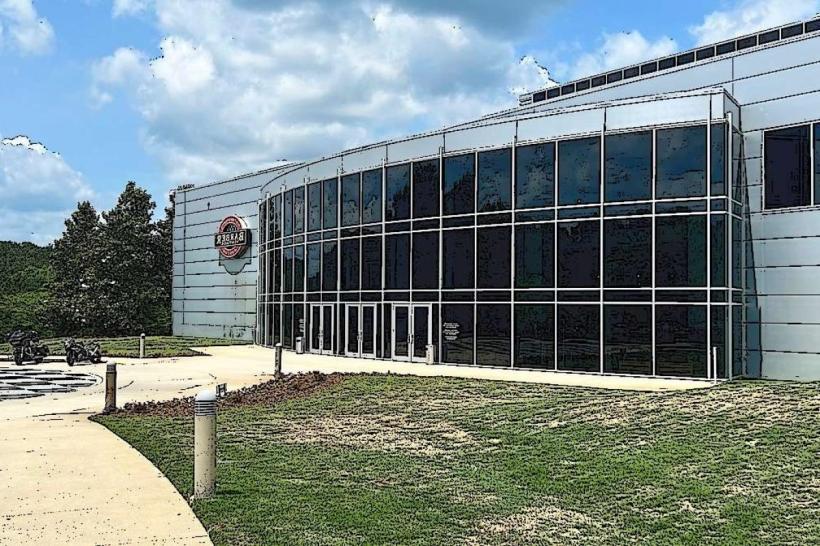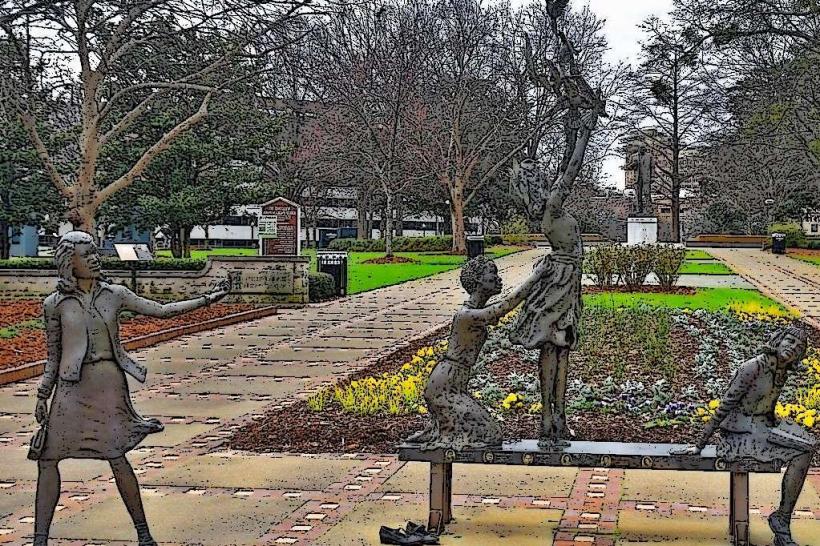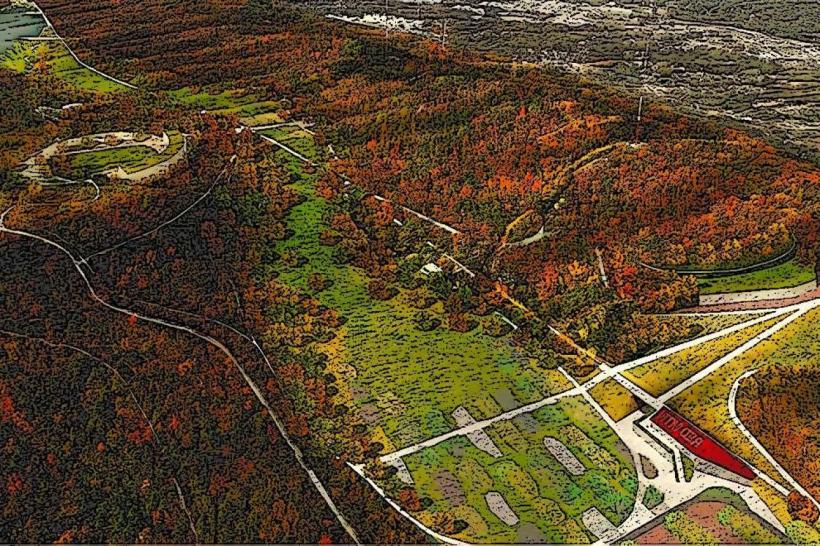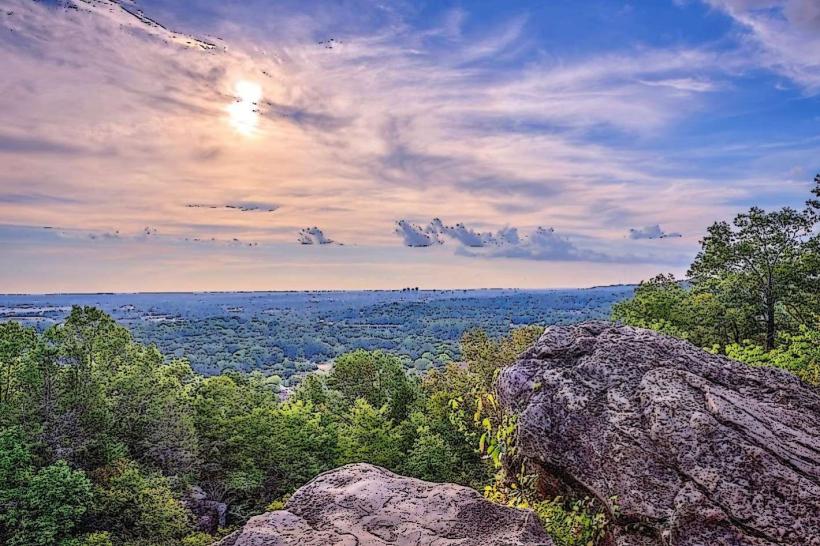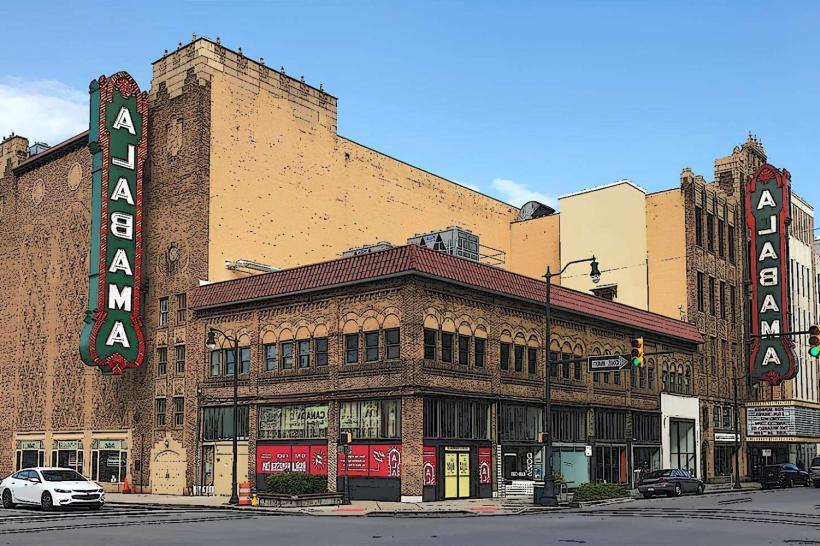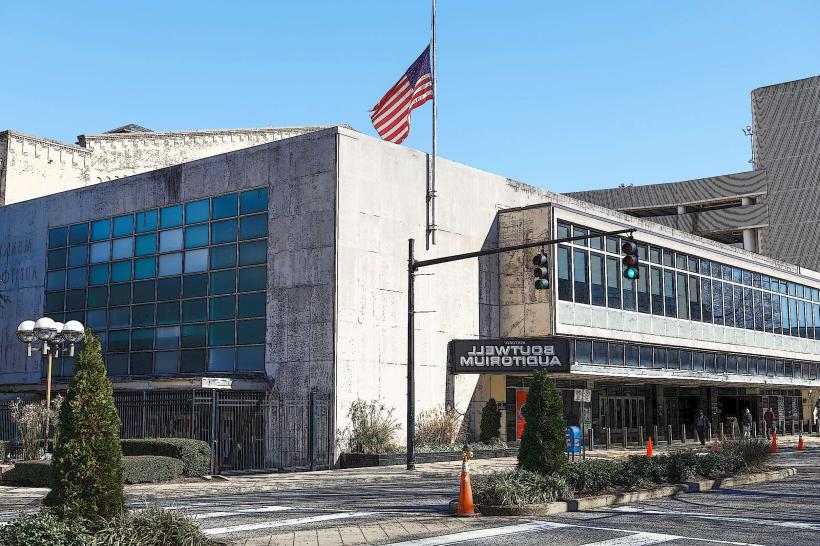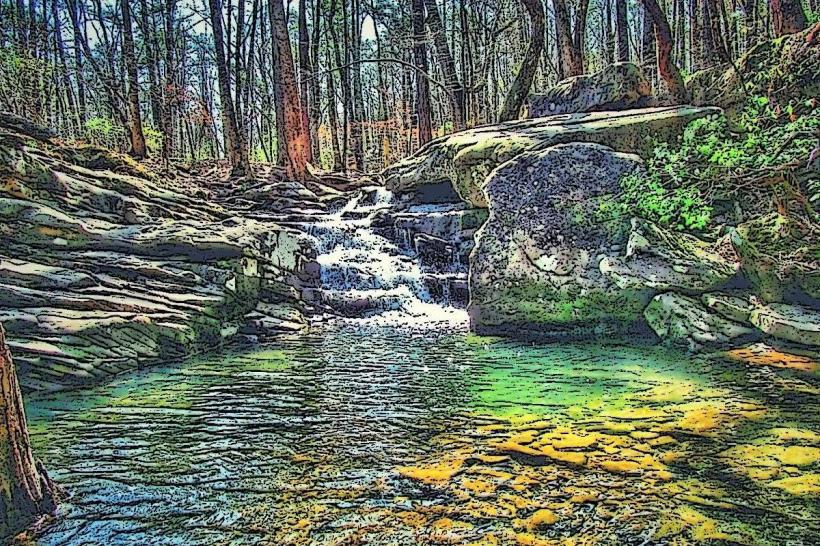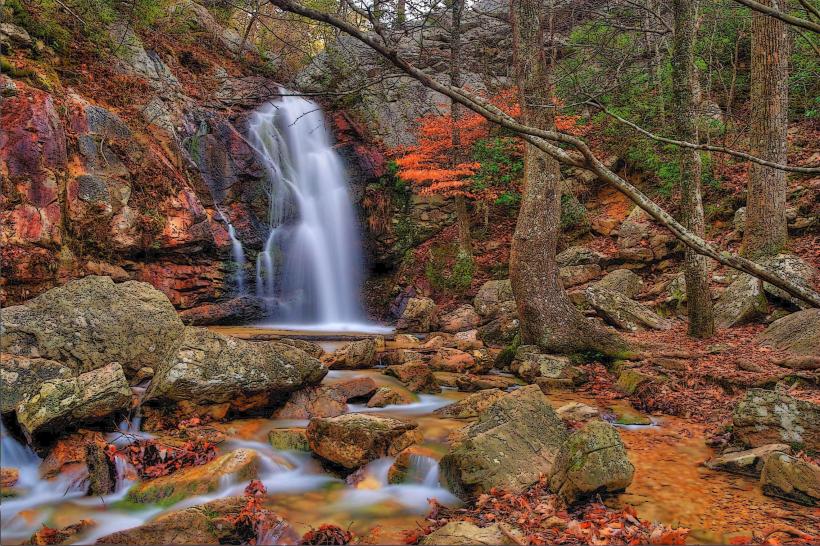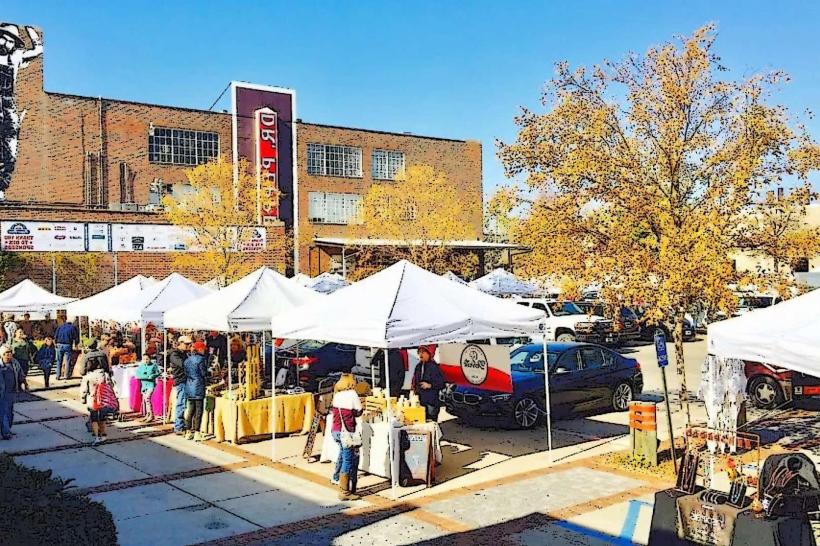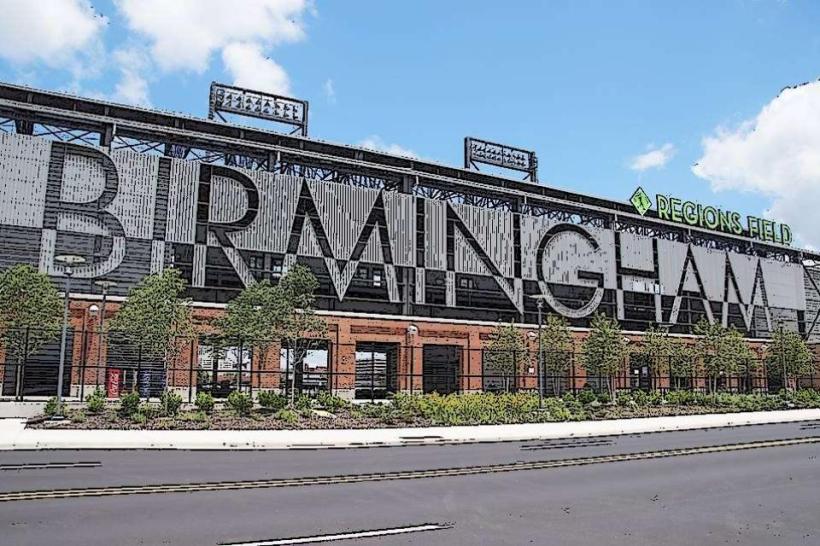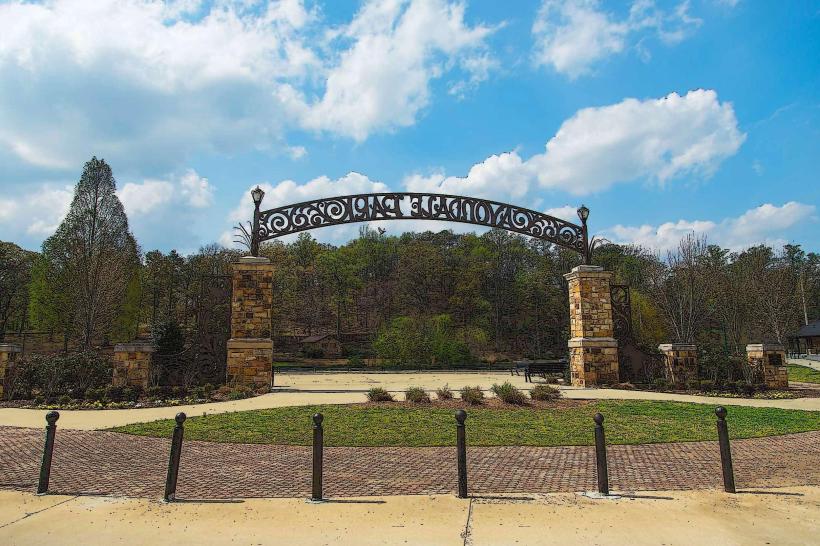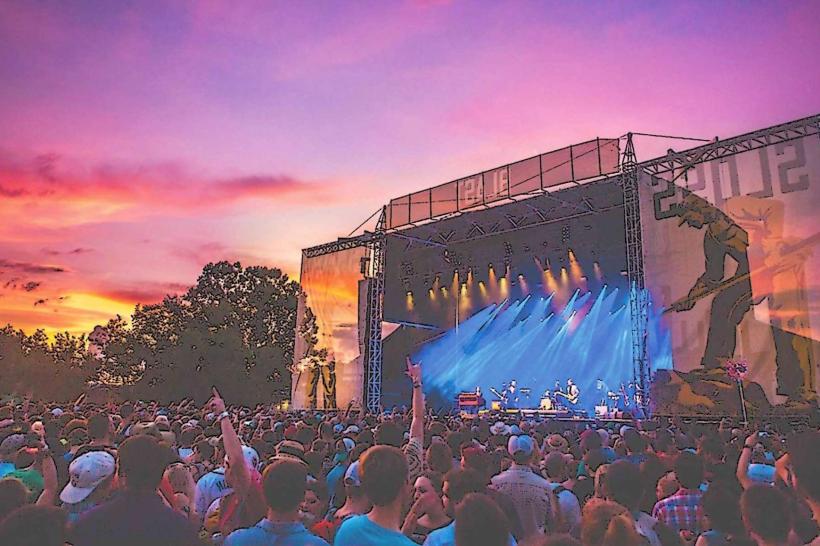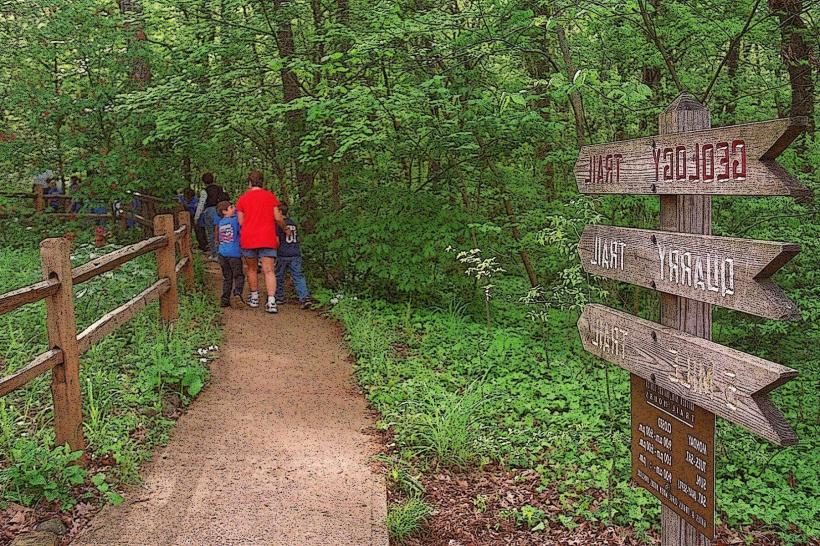Information
Landmark: Linn ParkCity: Birmingham
Country: USA Alabama
Continent: North America
Linn Park, Birmingham, USA Alabama, North America
Linn Park, located in the heart of downtown Birmingham, Alabama, is the city’s central civic green space and one of its most historically and culturally significant public areas. The park has long served as a gathering place for community events, celebrations, protests, and festivals, making it both a recreational space and a symbolic civic square.
History and Background:
The site of Linn Park has been a public commons since the late 19th century, originally called Capitol Park when Birmingham was a young industrial city.
It was renamed Woodrow Wilson Park in the early 20th century and later became Linn Park in honor of Charles Linn, a Finnish-born businessman and philanthropist who played a key role in Birmingham’s early development.
Throughout Birmingham’s history, the park has been a backdrop to major civic moments, including civil rights gatherings and political demonstrations.
Layout and Features:
The park spans 19 acres, making it one of the largest open spaces in central Birmingham.
Its design includes open lawns, paved walking paths, fountains, and shaded areas, offering both relaxation and event space.
A prominent central fountain is one of its focal points, surrounded by benches and landscaping.
Public art and monuments are located throughout, reflecting Birmingham’s cultural and historical legacy.
Surrounding Landmarks:
Linn Park is flanked by some of Birmingham’s most important civic and cultural buildings, forming what is often described as the city’s civic center:
Birmingham City Hall (west side)
Jefferson County Courthouse (east side)
Birmingham Museum of Art (north)
Birmingham Public Library (Central Branch) (north)
Boutwell Auditorium (adjacent)
The Birmingham-Jefferson Convention Complex (BJCC) is within walking distance
Events and Community Role:
Linn Park has hosted a wide variety of annual events, including Magic City Art Connection, Birmingham’s City Stages music festival (until 2009), and civic celebrations such as parades, rallies, and holiday festivities.
Political and social gatherings have also taken place here, particularly during the Civil Rights Movement, when public parks were central locations for demonstrations.
The park continues to serve as a platform for festivals, cultural fairs, and community activities.
Modern Developments and Preservation:
Linn Park has seen several revitalization discussions in recent years, with community leaders aiming to balance historical preservation with modern needs.
Renovation plans have focused on improving safety, landscaping, and usability while respecting its civic and historical role.
Its monuments and layout remain points of conversation, reflecting Birmingham’s evolving identity.
Visitor Tips:
Linn Park is best experienced as part of a downtown walking tour, given its close proximity to Birmingham’s top museums, cultural institutions, and government buildings.
The park is an open and accessible space, offering a quiet break in the middle of the city’s bustle.
Daytime visits are most common, as the park is primarily a civic gathering space rather than a nighttime attraction.
Significance:
Linn Park is more than just a green space-it is Birmingham’s central public square, representing the city’s civic pride, cultural expression, and complex history. Its setting among major institutions and its legacy as a gathering place make it a cornerstone of Birmingham’s urban identity.

